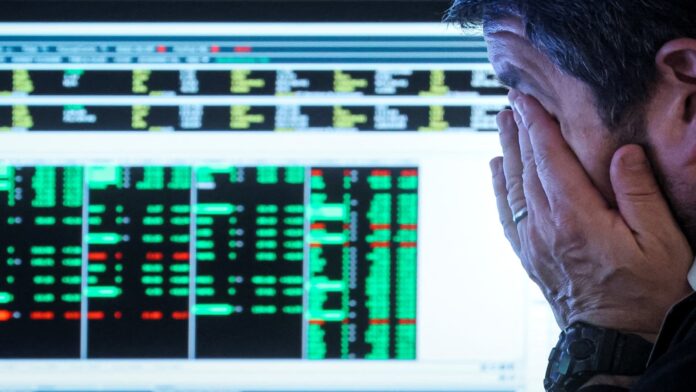Some of Wall Street’s biggest investors saw it coming. It’s turning into a week of vindication for a handful of notable investors, from Stanley Druckenmiller to David Einhorn and Paul Tudor Jones, who have long been warning about the Federal Reserve’s inability to engineer a soft landing. The S & P 500 tumbled in the a bear market this week on fears that the central bank will hike rates aggressively to tame inflation at the risk of causing an economic recession. “The Fed is bluffing,” Einhorn said last week ahead of the Fed’s 75-basis-point rate hike decision. “Inflation ain’t going away so fast. The Fed doesn’t really have the tools to stop the inflation.” Stocks whipsawed this week, with the S & P 500 on track to post its worst weekly loss since January, a sign that the market believes the Fed will continue to struggle to get on top of inflation. Druckenmiller reminded investors last week that the Fed has never been able to tame inflation without a recession when the consumer price index tops 5%. The gauge rose 8.6% in May, the highest level since 1981. “The probabilities of being a soft landing are pretty remote … there’s so much wood to chop. And there’s been such a broad asset bubble going into it,” Druckenmiller said. “If you’re predicting a soft landing, you’re going against decades of history.” Longtime investor Leon Cooperman has been just as skeptical, seeing a recession hitting next year and a 40% drop for the S & P 500 from its January peak. Evidence is piling up that the U.S. is getting closer to a recession, as the Fed battles inflation at 41-year highs. Real estate data for May showed a 14.4% monthly slowdown in housing starts , while a Fed manufacturing reading showed continued contraction in the Philadelphia region . Meanwhile, consumer confidence stood at historic lows, and retail spending fell quickly last month. A widely followed Fed gauge, the Atlanta Fed’s GDPNow tracker , is indicating that the economy could be headed for a second consecutive quarter of negative growth, meeting a rule-of-thumb definition for a recession. The indicator is pointing to a 0% gain for the second quarter. Where to hide? Some of these big-name investors recently revealed what they’ve been doing to hide out this tumultuous period. Druckenmiller, who thinks this bear market “has a ways to run,” said he’s simply sitting on the sidelines. He’s also not shorting the market aggressively, as bear markets are known to have big bounces. “My anticipation is I will be going back to the short equity position at some point if the market affords me, if not, hopefully, I’ll just sidestep a decline,” Druckenmiller said. Cooperman said he’s been a seller on strength and not a buyer on weakness. However, that is not to say there aren’t any buying opportunities for him. He revealed he liked the energy sector, and his top picks in the sector include Canadian oil and gas producers Tourmaline Oil and Paramount Resources . Meanwhile, Einhorn recently make a long-term case for gold, saying bullion could emerge as the ultimate financial insurance for investors. “When countries don’t trust each other over bonds, and currencies, gold becomes the ultimate reserve asset. Gold is a percentage of total reserves remains staggeringly low,” Einhorn said. “The question is whether there’s enough gold to back the currency reserves? The answer is for the price of gold to go higher, perhaps much higher.” Tudor Jones recently warned that the environment for investors is worse than ever as the Fed is raising interest rates when financial conditions have already become increasingly tight. He said investors should prioritize capital preservation in such a challenging environment for “virtually anything.” “I think we’re in one of those very difficult periods where simple capital preservation is I think the most important thing we can strive for,” Jones said. “I don’t know if it’s going to be one of those periods where you’re actually trying to make money.”
© heardonwallstreet.com


